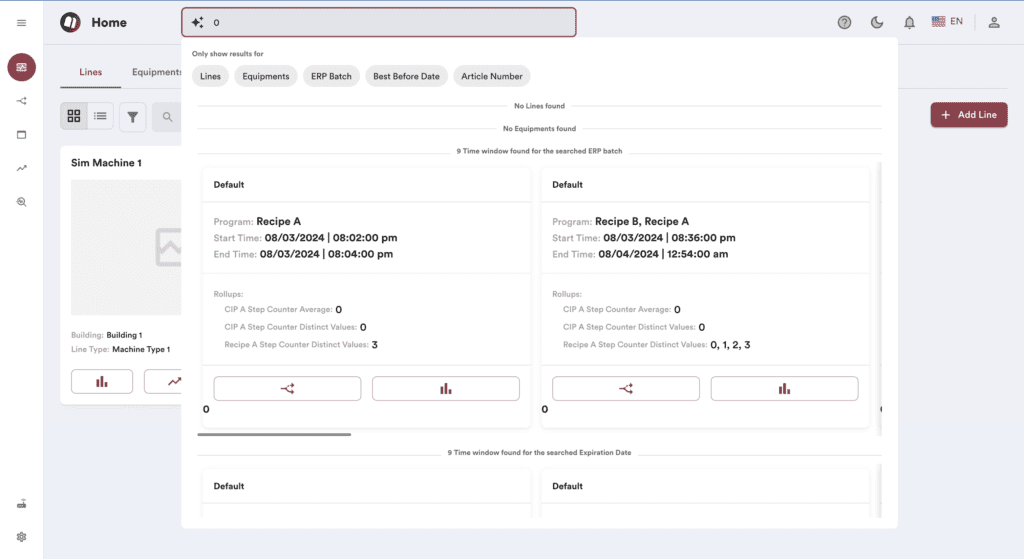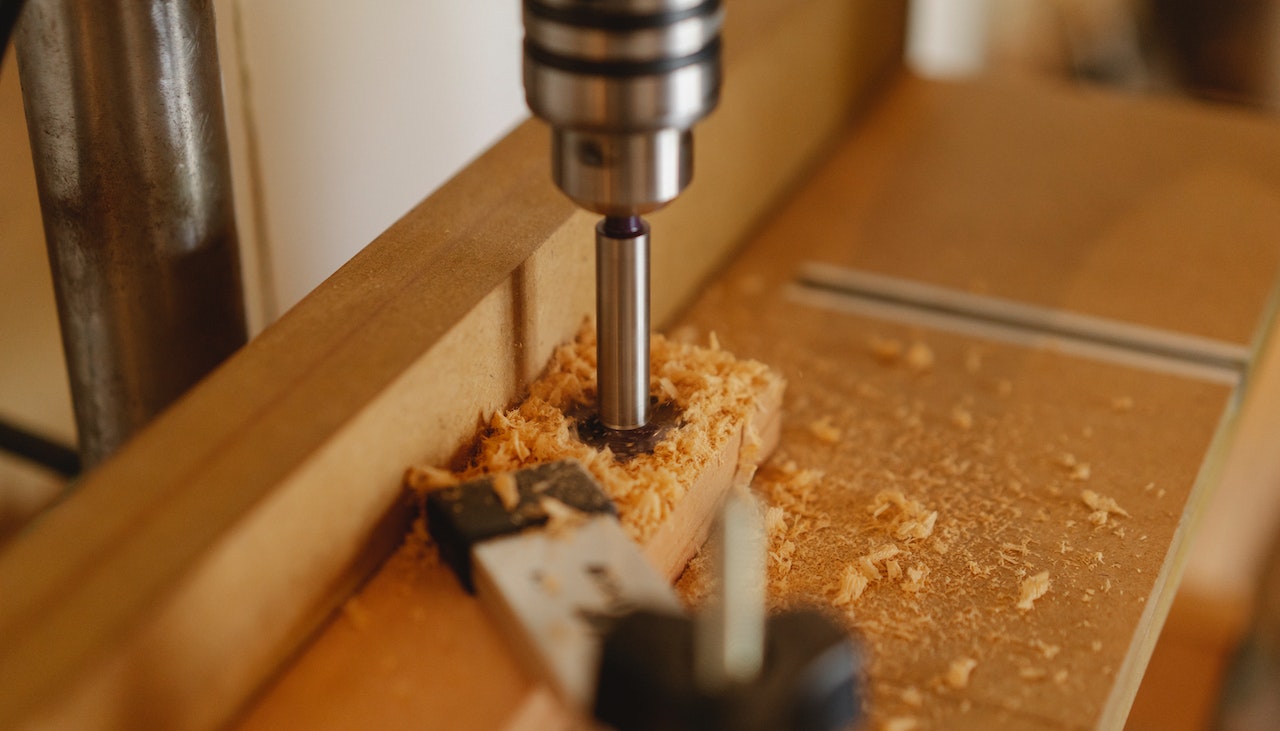Factory Digitalization has been a game-changer in manufacturing industries across the globe. It offers numerous advantages, including improved efficiency, faster production, and better quality control. Digitalizing a machine manufacturing factory is a complex process that requires careful planning, coordination, and execution.
In this article, I will discuss how to digitalize a machine manufacturing factory step-by-step, covering key aspects of the process, including strategy, technology, and implementation.
Before we talk about how to digitalize your factory, let’s quickly go over some of the benefits of digitalization.
Why Digitalize Your Factory?
The #1 most underrated reason you should digitalize your factory: Search
Before Google, finding a quote from your favorite author often meant driving to the library, waiting in line for the librarian, wandering through the shelves following their directions, and spending hours or even days locating the exact section of the book where the quote could be found. If you were lucky, this entire process could take just a few hours; otherwise, it might stretch into days.
Today, thanks to Google, you can simply pick up your phone, type in the quote and the author’s name, and within seconds, know exactly which book the quote is from and the specific page it appears on. This incredible time-saving capability allows us to be far more productive in our daily lives.
Manufacturers can take advantage of similar time savings to increase productivity at their respective factories. I have written more about this in my article about software in manufacturing.

Additional benefits of digitalizing a factory
Increased Efficiency:
- Automation: Automated processes reduce the need for manual intervention, increasing speed and accuracy.
- Real-time Monitoring: Sensors and IoT devices allow for continuous monitoring of equipment and processes, leading to quick identification and resolution of issues.
Cost Reduction:
- Predictive Maintenance: Using data analytics to predict when equipment will fail or require maintenance, reducing downtime and repair costs.
- Optimized Resource Use: Better inventory and supply chain management, reducing waste and overproduction.
Improved Quality:
- Consistent Output: Automation ensures consistent production quality by minimizing human error.
- Quality Control: Advanced monitoring and analytics can detect defects early in the production process.
Enhanced Flexibility:
- Customization: Digital technologies enable the production of customized products at scale.
- Rapid Adaptation: Easier to adapt to changes in demand or production requirements through flexible manufacturing systems.
Better Data Utilization:
- Data-Driven Decisions: Access to real-time data allows for more informed and timely decision-making.
- Performance Analytics: Detailed analysis of production data to identify areas for improvement and optimize processes.
Improved Safety:
- Worker Safety: Automation of dangerous tasks reduces the risk of accidents and injuries.
- Environment Monitoring: IoT devices can monitor environmental conditions, ensuring a safer workplace.
Sustainability:
- Energy Efficiency: Monitoring and optimizing energy usage leads to reduced consumption and costs.
- Waste Reduction: Better control over production processes reduces material waste.
Enhanced Collaboration:
- Integrated Systems: Digitalization often involves integrating various systems and departments, improving communication and collaboration.
- Remote Access: Cloud-based systems enable remote monitoring and management of factory operations.
Competitive Advantage:
- Innovation: Staying at the forefront of technology can provide a competitive edge in the market.
- Customer Satisfaction: Improved product quality and customization options enhance customer satisfaction.
Scalability:
- Growth Management: Digital systems can easily scale up to meet increased production demands without significant additional investment.
How to digitalize your factory
1. Define Your Strategy
Before embarking on a digitalization journey, it’s essential to define your strategy. What are your goals for digitalizing your factory? Are you aiming to increase efficiency, reduce downtime, improve quality control, or reduce costs? Defining your strategy will help you determine the technology solutions that align with your goals and create a roadmap for implementation.
As you define your strategy, you’ll also want to think about what part of your factory you’d like to prioritize as you digitalize your factory. This will determine what type of manufacturing software you need.
For example, if you’re struggling with inventory, an ERP system might be more appropriate for you. If on the other hand, you’d like to better understand what is going on with your lines, a production monitoring tool might be what you need more.
2. Assess Your Current State
The next step is to assess your current state. What processes are currently being used in your factory? What technologies are in use, and how are they being utilized? Understanding your current state is critical in determining the gaps that need to be addressed and the areas where digitalization can have the most significant impact.
Assessing your current state could be thought of as understanding what level of digitalization you currently stand. Are you still using pen & paper? Spreadsheets? Some automation?
Answering those questions will help you easily move to the next step.
3. Identify Digital Solutions
After defining your strategy and assessing your current state, it’s time to identify digital solutions that align with your goals. Some of the digital solutions that can be implemented in a machine manufacturing factory include:
a. Internet of Things (IoT) sensors – IoT sensors can be used to monitor equipment performance, collect real-time data, and detect potential issues before they occur.
b. Machine learning and Artificial Intelligence (AI) – Machine learning and AI can be used to analyze data and identify patterns that can be used to optimize production and improve efficiency.
c. Robotics – Robotics can be used to automate repetitive tasks and improve production speed and accuracy.
d. Cloud Computing – Cloud computing can be used to store and access data from anywhere, allowing for better collaboration and real-time decision-making.
e. Augmented Reality (AR) – AR can be used to provide remote support to technicians and enable them to perform tasks more efficiently.
4. Develop an Implementation Plan
After identifying digital solutions, the next step is to develop an implementation plan. The plan should include timelines, budgets, and key performance indicators (KPIs) that will be used to measure the success of the digitalization process. The plan should also include details on how the digital solutions will be integrated into existing processes, how employees will be trained, and how the solutions will be maintained and updated.
5. Engage Your Employees

Digitalizing a machine manufacturing factory will require the engagement and support of your employees. It’s important to communicate the benefits of digitalization and involve employees in the process. Employees can provide valuable feedback on the digital solutions being implemented and can help identify potential issues that may arise during the implementation process.
As you work to digitalize your factory, how much you engage your employees will greatly depend on the kind of software solution you choose for your digitalization needs. Moreover, the ease of use of that software will also determine how much you’ll need to engage (convince) your employees.
Not all software is the same. Some are harder to use and implement. This might add friction to your implementation as your employees might be more reluctant to use it. Opting for a software solution that is easy to use and implement could reduce friction and increase its adoption.
6. Implement Digital Solutions
After developing an implementation plan and engaging your employees, it’s time to implement the digital solutions. The implementation process should be done in phases to minimize disruption to production. It’s also essential to test the solutions before deploying them to ensure they work correctly and achieve the desired outcomes.
As you continue the journey to digitalize your factory, you’ll find that each step depends on the previous.
How well the implementation step goes will depend on your strategy, your current state, and the digital solution you’ve chosen. If the assessment of these three factors tells you an ERP system is needed at your factory, the transition could take longer and be more complex, simply because of the nature of ERP systems.
If instead, you only need to monitor your production lines, the implementation process could be much simpler with fewer interruptions.
7. Monitor and Measure Success
After implementing digital solutions, it’s important to monitor and measure their success. Key performance indicators (KPIs) should be established to measure the impact of digital solutions on production, quality control, and other aspects of the factory.
Regular monitoring and reporting – as part of a long-term predictive maintenance strategy – will help identify any areas that need further improvement and ensure that the digital solutions are delivering the desired results.
8. Continuously Improve
Digitalization is not a one-time event but an ongoing process requiring continuous improvement.
When people say ‘digitalize your factory’, they mean continuously ‘digitalize your factory’. For example, if you have been using pen & paper thus far at your factory, digitalization could mean upgrading to spreadsheets. If you have been using spreadsheets, digitalization might mean you need to implement an ERP or production monitoring system.
Finally, if you already have some automation at your factory in the form of a production monitoring software tool for example, maybe you should consider using AI for more advanced analytics and features.



